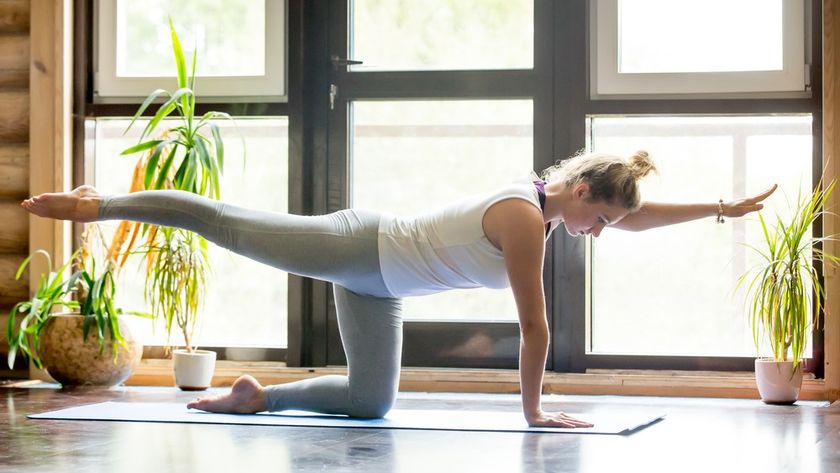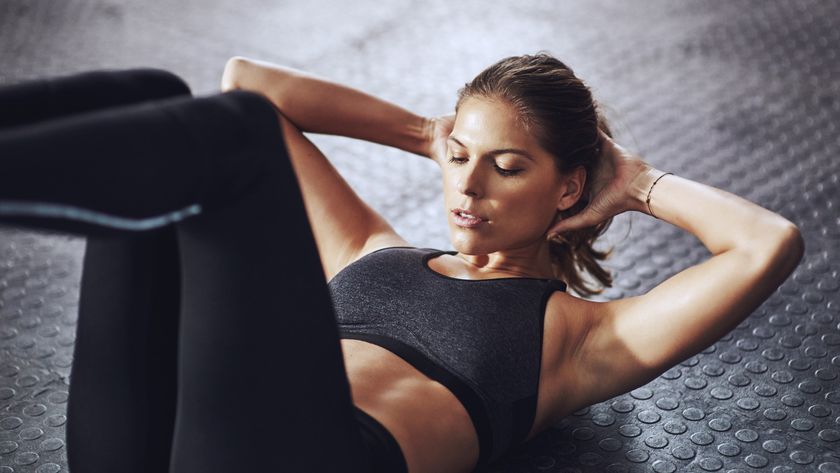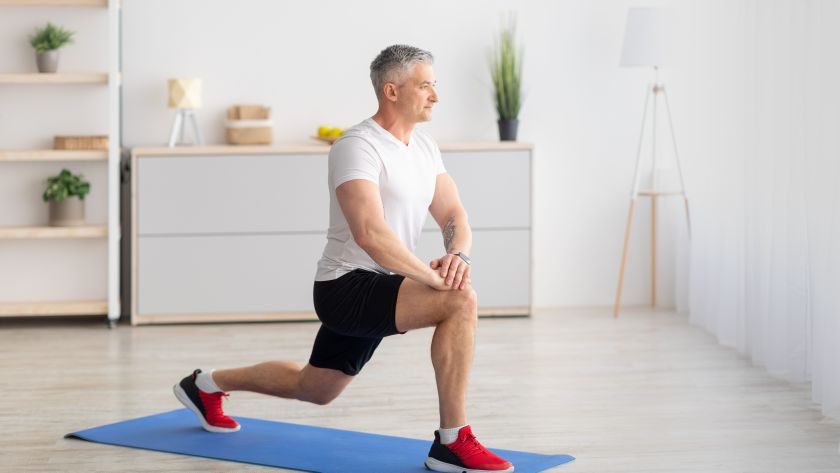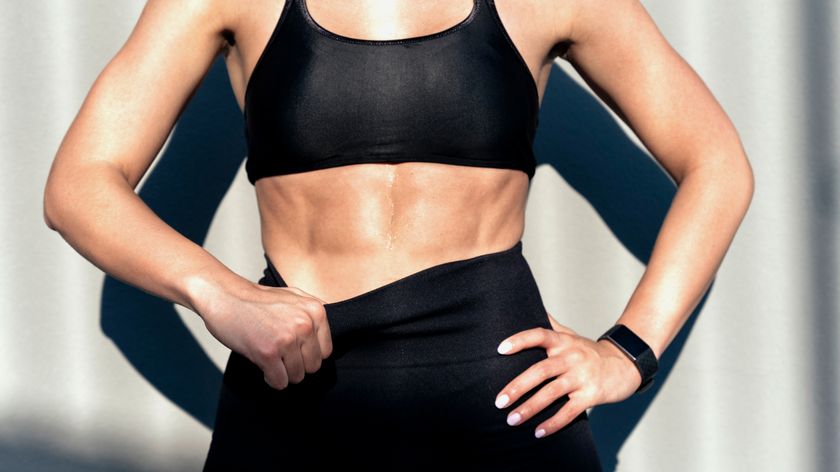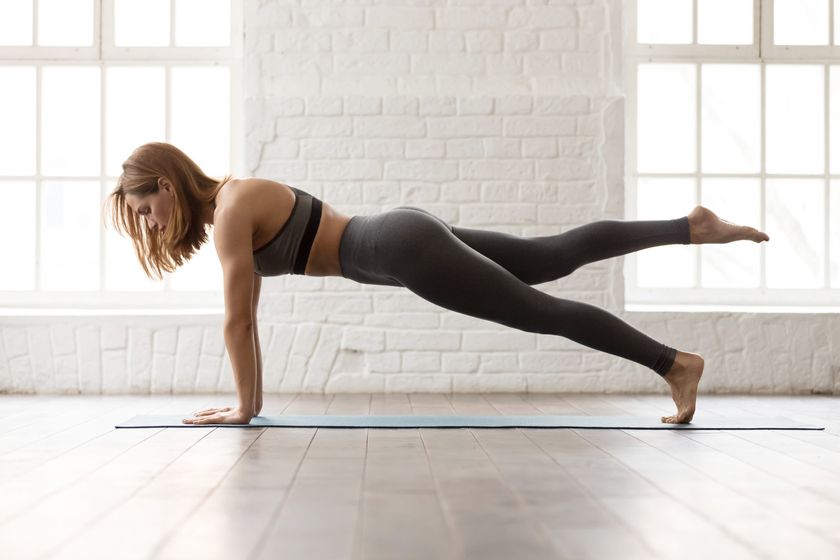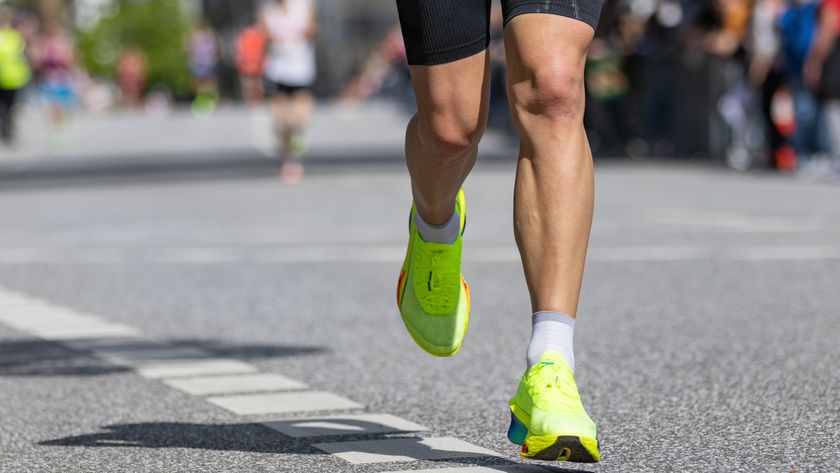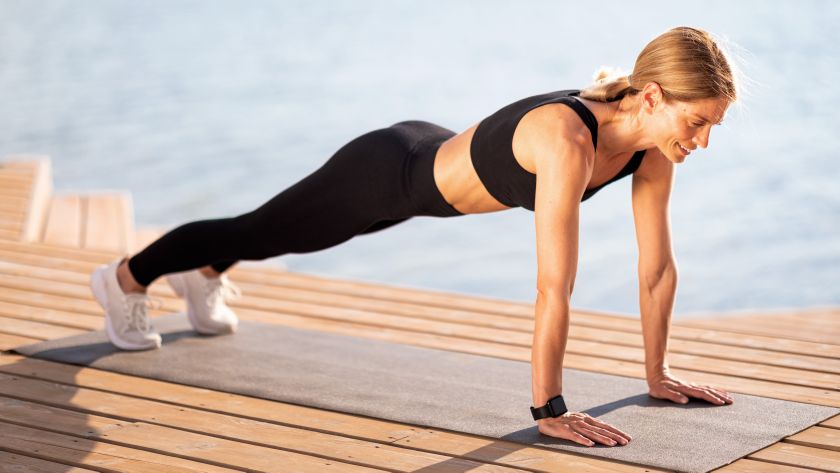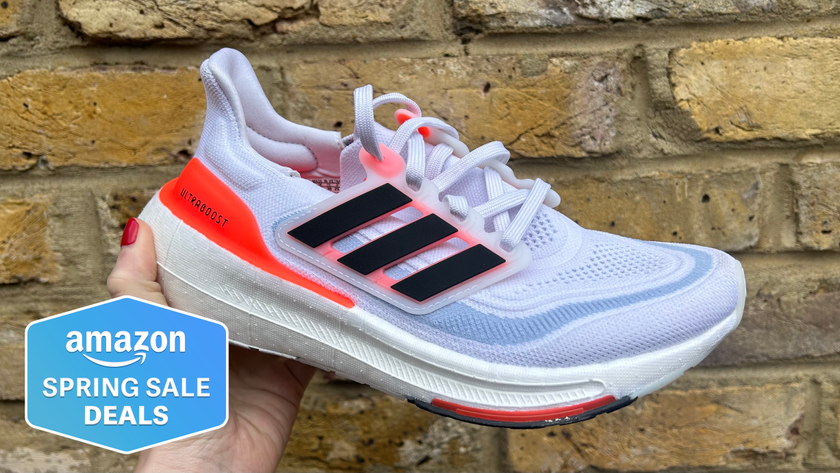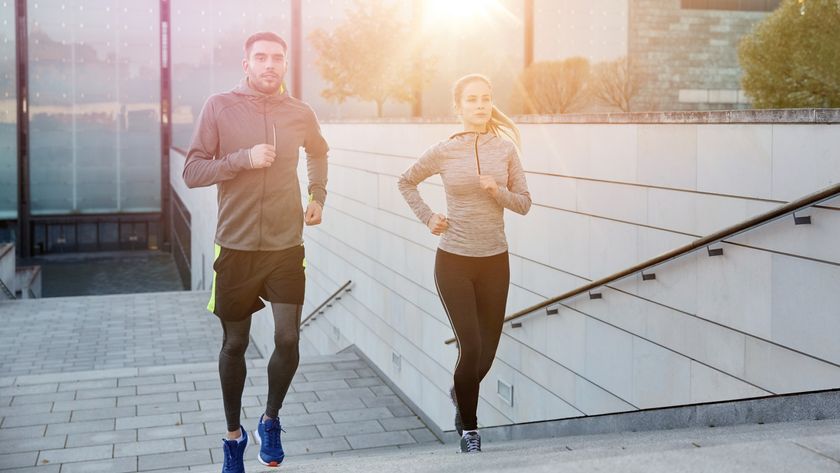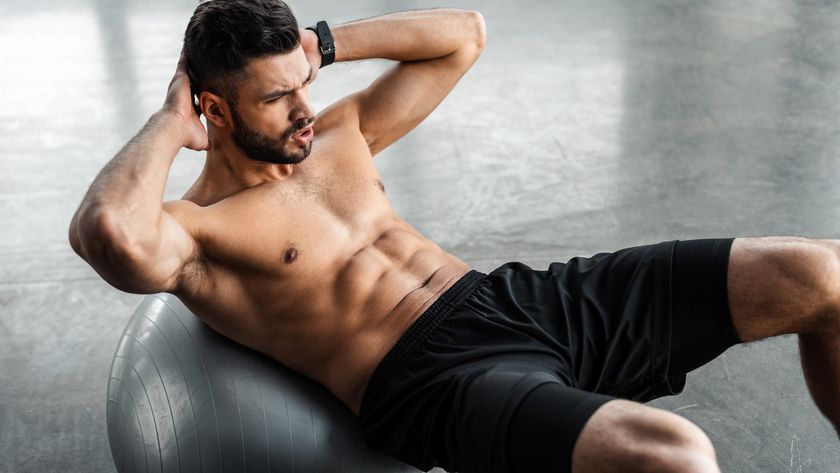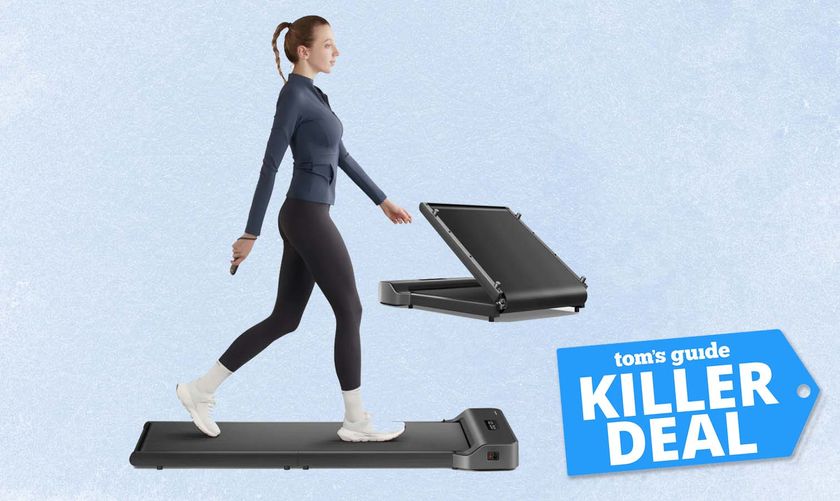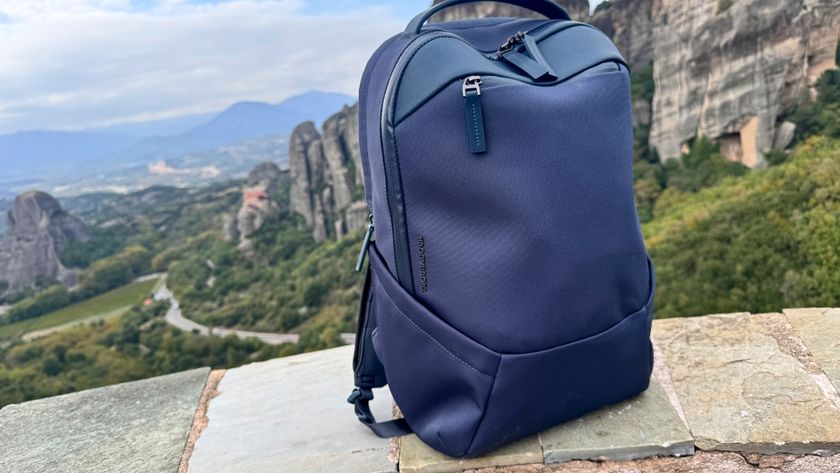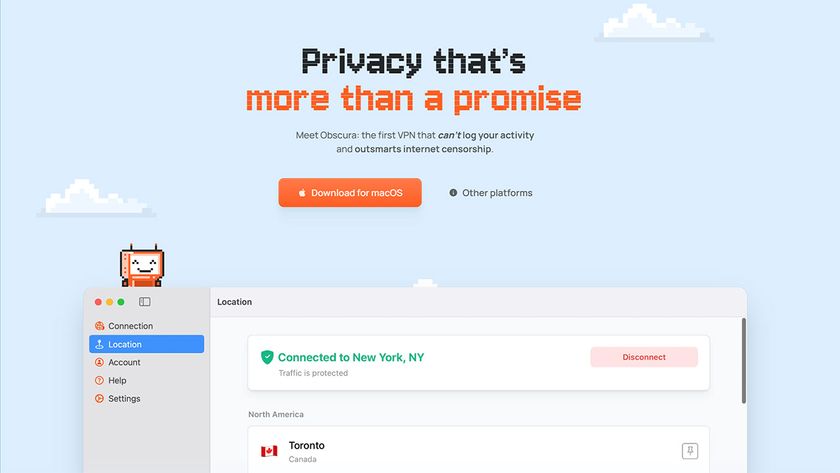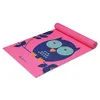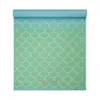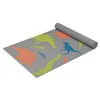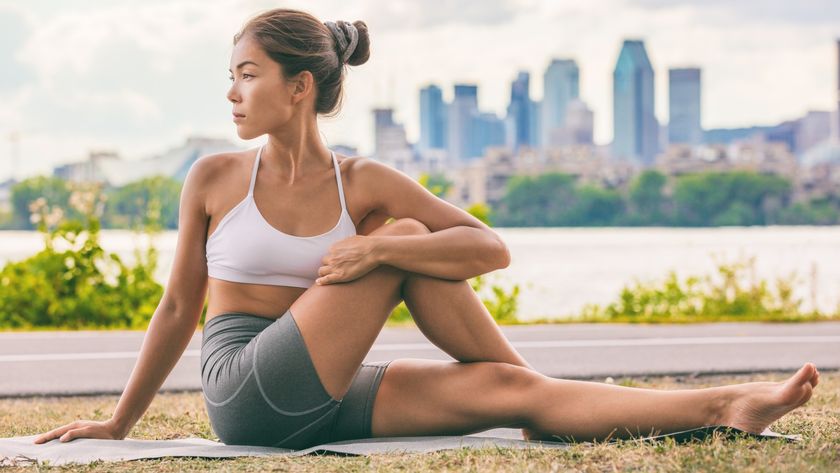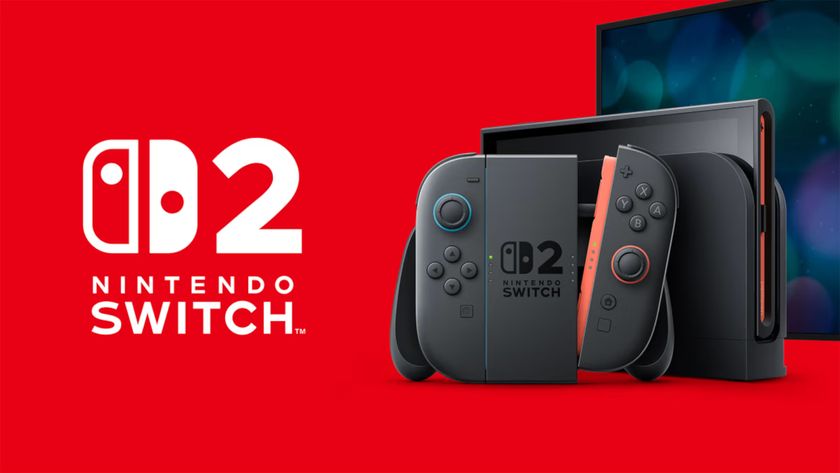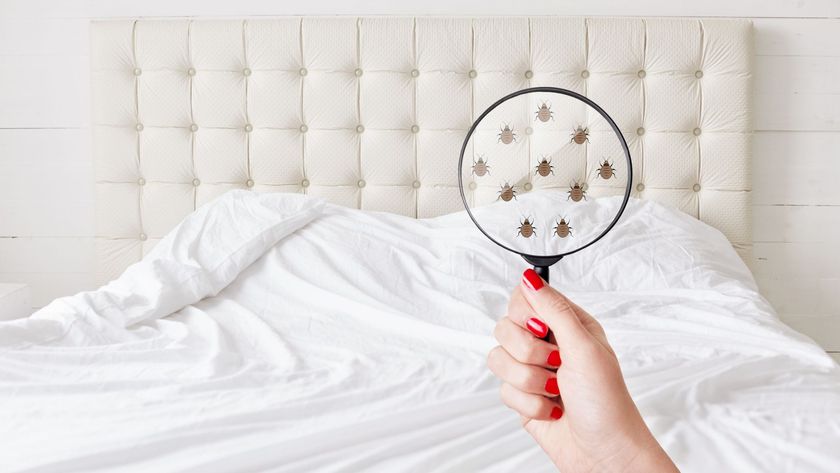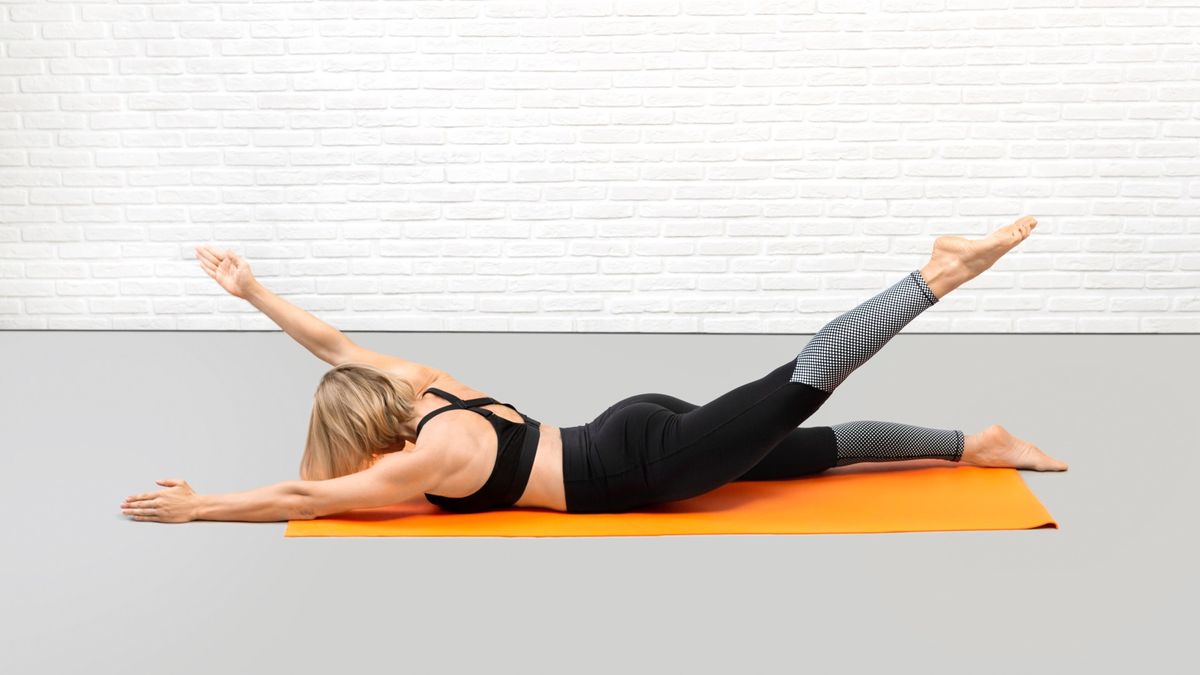
The Pilates “swimming” exercise could help strengthen your back, glutes and hamstrings without weights. I decided to add the exercise to my daily routine to see what, if anything, I noticed happening to my body.
Pilates swimming strengthens your trunk and commonly crops up during mat Pilates, relying on the back extension to work the muscles down your posterior chain, namely the back, glutes and hamstrings, plus opening up the chest and hitting the rear shoulders known as the posterior deltoids.
I rolled out one of the best yoga mats for home workouts and added sets of 30 seconds to my daily routine — here’s what I learned, and why it’s a surprising muscle-torcher.
What is the Pilates “swimming” exercise?
Imagine doggy paddle or front crawl in a swimming pool — you’re on your stomach, supported by water, and you’re either gently kicking your legs and arms to stay afloat, or using the full rotation of your arms and shoulders to propel yourself forward.
On dry land, with your stomach supported by a yoga mat, you don’t exactly have the option to fully rotate the arms, or paddle your arms beneath you — the swimming exercise is the next best thing.
It relies on back extension and a gentle “paddling” of your arms and legs to generate a fast pulsing motion and a burn in the shoulders, arms, back, glutes and hamstrings.
When done properly, the swimming exercise primarily helps strengthen the back extensors and fires up multiple other stabilizer muscles that support your spine and pelvis.
Sign up to get the BEST of Tom's Guide direct to your inbox.
Get instant access to breaking news, the hottest reviews, great deals and helpful tips.
How to do the Pilates “swimming” exercise
Pilates swimming is very similar to the Superman exercise. Here are the steps to follow:
- Lay on your stomach and extend your arms and legs. Engage your core and glutes
- As you exhale, lift both arms and legs into the air, keep your spine and neck long and look to the top of your mat
- Begin pulsing the opposite arm and leg up and down together with control, keeping your chest, arms and legs lifted high
- Inhale and exhale as you move. Reach with your fingertips and point your toes
- Increase speed to “flutter” the arms and legs
- Pause in the air, then lower your arms and legs to the mat.
Try not to hold your breath while you move and pull your stomach towards your spine to generate control from your powerhouse — the core. Keep the shoulders pulled down and away from your ears.
If this feels too intense, practice keeping your limbs on the mat, then floating one arm and the opposite leg at a time, resetting and switching sides, moving for time or reps. You can also focus on just lifting your arms, lowering them, then repeating with your legs.
What are the benefits of the Pilates “swimming” exercise?
Targeting the muscles along the posterior chain is crucial for supporting posture and strengthening muscles, big and small, that support your spine and pelvis.
The main focus of this move is the back extensors as you extend through the spine. But the swimming exercise also promotes healthier upper and shoulder mobility as you maintain the overhead position with your arms raised and scapulae pulled down, translating to upper body exercises requiring a strong overhead position and shoulder stability — think of a loaded overhead press or squat for example.
Focus on controlling and stabilizing your pelvis and lower back as you flutter your arms and legs while keeping tension in your glutes.
If you’re unfamiliar with the anatomical sling systems, we all have them; this simply refers to the network of fascia and muscles in the body that connect and recruit together. Of the four slings, the swimming exercise recruits two sling systems, called the posterior oblique sling (POS) and the deep longitudinal sling (DLS).
The former includes the latissimus dorsi through to the opposite gluteus maximus, plus the inter-connecting fascia known as the thoracolumbar fascia.
The latter includes the erector spinae, multifidus and biceps femoris (hamstrings), connected via the thoracolumbar fascia — deeper, stabilizing muscles. Recruiting these muscles together builds coordination, balance and stability during movement and teaches muscle groups how to coordinate through the body, safely driving motion.
My verdict on the Pilates 'swimming' exercise?
I added 5 sets of 30 seconds to my daily routine and can confirm this exercise is far harder than it looks. Keeping my glutes and core switched on, my chest lifted and alternating my arms and legs fast took plenty of coordination and back strength, and I could feel myself willing the 30 seconds along.
My back isn’t my strongest area — I’m dominant in the front body and find push exercises targeting my chest much easier than the pulling moves that strengthen my back. I also find it difficult to hold the overhead position, especially for any length of time, so this was another challenge for my shoulders.
I had to reset during the sets a few times, but it felt great to switch on all those smaller, hardworking muscles that surround the spine and I could feel my back and glutes working seriously hard and remaining under tension without weights in sight.
My best advice is to do your best to breathe — it's easier to hold your breath while resting on your stomach but breathing during any exercise is crucial, and diaphragmatic breathing is great for your core strength.
More from Tom’s Guide
- You don’t need squats to strengthen your hips, glutes and quads — just this one bodyweight exercise
- No, not sit-ups or crunches — this is the one low-impact exercise you should try to strengthen your core instead
- 8 best core workouts to build stronger abs and boost your balance without weights

Sam Hopes is a level 3 qualified trainer, level 2 reiki practitioner and senior fitness writer at Tom's Guide. She is also currently undertaking her Yoga For Athletes training course. Sam has written for various fitness brands and websites over the years and has experience across brands at Future such as Live Science, Fit&Well, Coach, and T3.
Having worked with fitness studios like F45 and Virgin Active, Sam now primarily teaches outdoor bootcamps, bodyweight, calisthenics and kettlebells. She also coaches mobility and stretching-focused classes several times a week and believes that true strength comes from a holistic approach to training your body.
Sam has completed two mixed doubles Hyrox competitions in London and the Netherlands and finished her first doubles attempt in 1:11.
